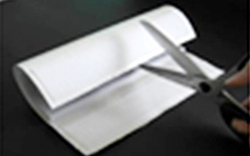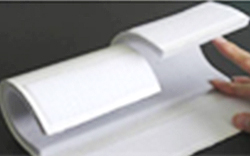Jacket heater
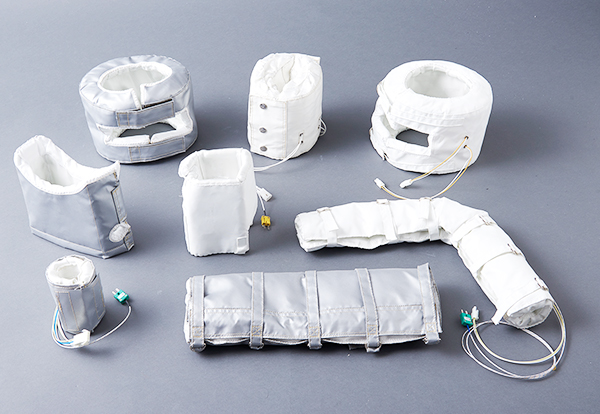
This industrial flexible heater is primarily intended for heating pipes. The jacket style design facilitates installation and removal. You can select various means for fastening the heaters including surface fasteners, bolts, hooks or buttons. Temperatures of up to 800℃ are supported. Design and production can be performed as needed to support complex shapes and narrow pipes.
Applications
Pipe heating heaters that can be easily added or removed making for good pipe maintenance. Effective heating for stainless steel and other pipes, with high insulation characteristics giving energy savings. Major applications are around exhaust pipes, vacuum pumps and excluding units for semiconductor and liquid crystal related equipment (including LP-CVDs, P-CVDs and etchers). We also have a lot of experience with other applications such as analysis devices.
*We can design and produce the heaters to match customer needs for use in applications other than those given above.
Features
-
1. Uses a double insulated heater filament
- ・Highly reliable insulation
- ・Supports narrow pitch weaves
- ・Improved heating consistency
- ・Improved durability
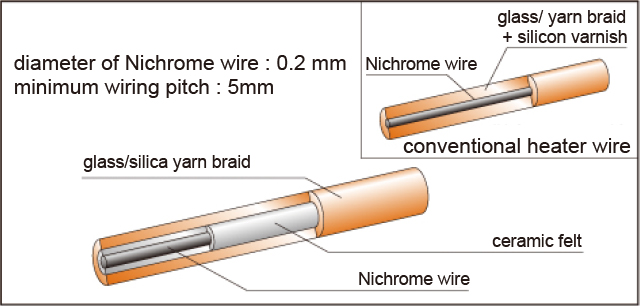
-
2. Supports use in high temperature environments
Design uses non-combusting inorganic material and can support specifications up to 800℃.
-
3. Able to support a wide assortment of shapes
Pipes can be narrow or broad and other complex shaped heaters are supported.
We offer shapes and specifications based on cost and convenience. - 4. Formed from inorganic materials with low outgassing
- 5. Non-combusting (inorganic design)
- 6. Excellent energy saving characteristics
- CAD design
- NC sewing machine produces arrangement
- Veteran technicians produce tidy results
Structure
Construction Materials
| Heater wire |
Double insulation structure thermal resistance : 800℃ |
|---|---|
| Cover cloth |
Silicon coated glass cloth Teflon coated glass cloth |
| Thermal insulator | Glass felt, etc. |
| Inner cloth | Baked glass cloth |
Performance data
Energy saving data
We compared our jacket heater power consumption to that of a rubber heater.
*Measuring method
- Size 40A-500L
- A power counter was used to measure the consumption for each.
- The heater temperature was raised to 150℃ and consumption (W・h) was calculated after a sufficient amount of time (at least one hour).
Temperature distribution
We measured the temperature distribution for our jacket heaters at different points.
* Measuring method
- We measured the pipe temperature during heating and while maintaining temperature with a control temperature of 180℃ with a 38mm dia., 350mm long pipe wrapped by the heater
- The measurement points were as shown in the drawing below
- A control thermocouple was installed on the surface of the pipe
※Data is representative values, not guaranteed values.
Application tool
1. Controller (PID control method)
Controller designed to control the temperature of jacket heaters.
-
①Temperature controller
At the center of the PID controller, a sensor is used to measure the current value of the controlled device (heater) and the input signal is calculated in comparison to the set value to output the optimal signal to the SSR*.
The controller may also optionally include functions to detect broken heater filaments and heater overheating.- * SSR: Solid State Relay; a semiconductor relay. Repeatedly toggles between ON and OFF with the signal from the temperature controller to output to the controlled device (heater).
Characteristics
- Temperature control precision ±1℃
- Long service life of ON/OFF toggle contact for the semiconductor relay
- Depending on the sensor specification range: Temperature settings can be controlled between -200℃ and +1000℃
Options
- Ammeter
- Notification device (broken filament warning, etc.)
- Leakage breaker
- Fuse

2. Hot N2 system
Gas condensation and solidification are prevented in the pipe by filling the pipe with heated nitrogen gas. This system was developed to solve issues with pipe clogging that occurs in diffusion/CVD and etching processes.
It is effective when installed together with a jacket heater.
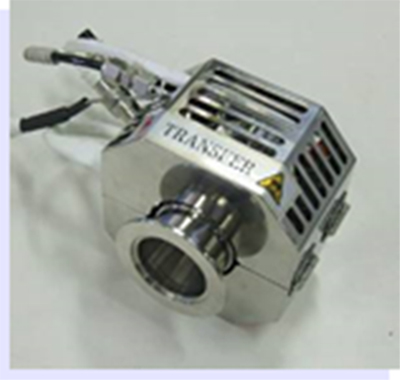
Point
- Hot (100 to 200℃) N2 gas is released in the pipe
- Maintenance period can be extended
- Productivity increased!
Venturi effect

Releasing hot N2 gas along the inside wall of the pipe eliminates deposit of generated objects
Installation location
- ① Vacuum pump exhaust port – vertical
- ② Linked valve
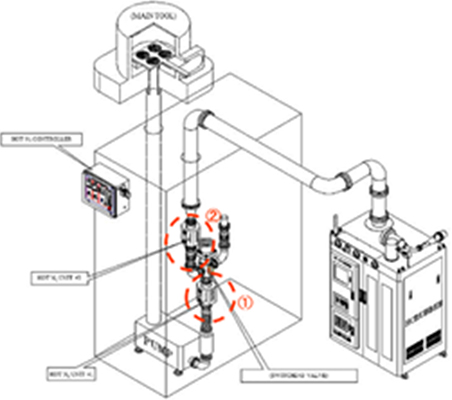
Effect of 1 unit: 4-6m
(Differs by usage condition)
Example usage
-
Before adoption
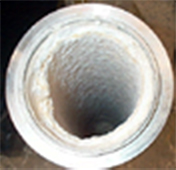
30 days after use -
After adoption
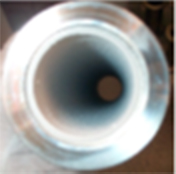
180 days after use
-
① CVD PSIN Process
Maintenance period: 1 month → 8 to 12 months
-
② Metal Etching Process
Maintenance period: 2 months → 12 months
※Individual differences based on use environment.
3. Jacket form (low cost thermal pipe insulation)
High performance insulation material for maintaining pipe temperature.
Can be easily processed to match usage on-site.
- High thermal insulation
- about 1.5 times the insulation performance*1
- Energy saving
- Heater power consumption about 30 to 40% reduction*1
- High heat resistance
- Maximum use temperature about 200℃
- Safety
- made of non-combustible and flame resistant materials
- Machinability
- Can be easily processed with scissors, etc.
*1 Compared to silicon rubber sponge







